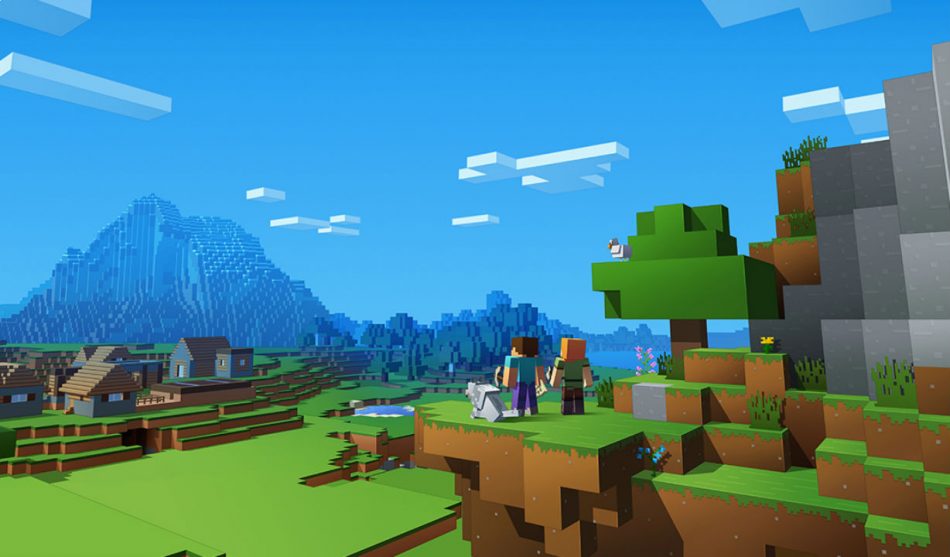While artificial intelligence (AI) is nowhere near ready to tackle the complicated task of designing an actual city, it can assist city planners, especially when it comes to the quantitative aspects of urban planning. In order to improve the urban planning abilities of AI, programmers are turning to the video game Minecraft.
In the game, players take an undeveloped plot of land and turn it into an elaborate 3D city. Usually, gamers do this themselves, but new competition is tasking programmers to develop an AI that can create a settlement on its own on three Minecraft maps it has never seen before.
For the Generative Design in Minecraft Competition (GDMC), the AI should only need about 10 minutes to create each new city. When that’s done, a team of judges then scores each creation based on four criteria, including the city’s functionality and its adaptation to the initial environment (did the AI design roads to curve around mountains, or did it level the terrain and start from scratch?). The entry that won the 2020 GDMC built a city that is far more rudimentary than a real-world city, but the idea is that competitions like the GDMC will ultimately help identify even more ways for AI to assist in urban planning.
With that said, AI is already becoming useful for city planners today. For instance, an AI-powered platform created by Norwegian company Spacemaker can produce design options for city planners based on parameters they input, such as local building codes and zoning restrictions. Essentially, it does the computational “grunt work” necessary to ensure a design is feasible, freeing a designer to focus on the creative aspects.
Another area where AI can assist with urban planning is data analysis. Algorithms can be trained to look for patterns in the available research on anything from improving traffic flow in a city to sustainable architecture, and then provide an urban planner with insights to help design a better city.
Image source: PCGamesN











